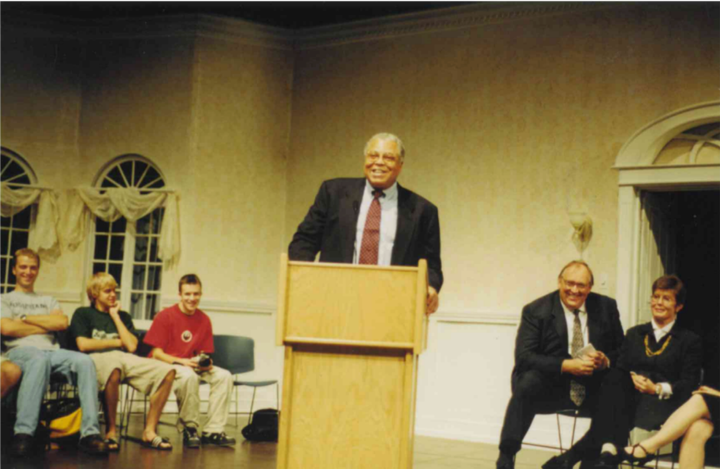Grandmothers inspire Project Pathways’ campus inclusion
Project Pathways providing one path toward opportunities
ERIN MAIROSE
A group of seven Native American grandmothers conceived the idea to start Project Pathways in 2015.
Director of Innovation and Entrepreneurship Pam Homan said the program started with a conversation about how to serve a “population of students we feel like we’re most failing with.”
From her 11 years serving as the superintendent of the Sioux Falls School District, Homan knew Native American students were falling behind. For the 2015-16 school year, 51 percent of Native American students graduated from high school in four years, compared to 84 percent of students statewide.
This effect on higher education is something that senior Jasmin Fosheim said is “no secret, that enrollment in colleges and universities is just extraordinary low [for Native Americans] compared to other populations.”

By reaching out to nursing professor Karla Abbott, a Cheyenne River Sioux tribal member, Homan and a group of Augustana faculty invited Native American grandmothers to campus to identity how Augustana could serve the needs of Sioux Falls’ Native American community.
According to Abbott, the group focused on grandmothers because they often play a important role in raising their grandchildren.
“We asked them is it important to have [Native American students] come to campus, look at our classrooms and do things?” Abbott said.
The response was “absolutely.”
With a grant from the Sioux Falls Area Community Foundation, Project Pathways launched last year, which left enough funding to continue the program this spring. After receiving positive feedback from teachers, students and Augustana faculty, Homan expects the partnership with Whittier Middle School will last into the future.
A survey conducted among students who went through the program last year shows encouraging results, as many reported they could see themselves going onto college, Homan said.
With education providing one path toward opportunities—even when growing up in communities facing obstacles like addiction and violence. These problems aren’t just seen on the state’s nine reservations, but in Sioux Falls, too, Abbott said.
“Our Native American kids have already battled so much before they get to the classroom,” she said. “I think if we can spark further education in the classroom, even with just a few of them, it’s our responsibility to do everything we can to make sure they have a chance at success.”



